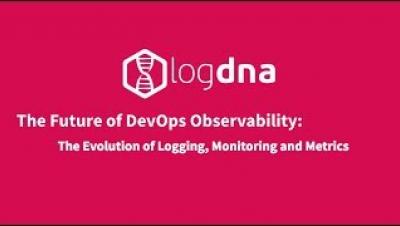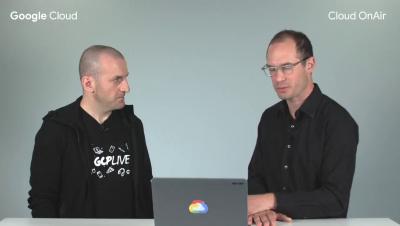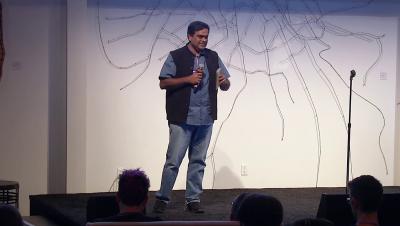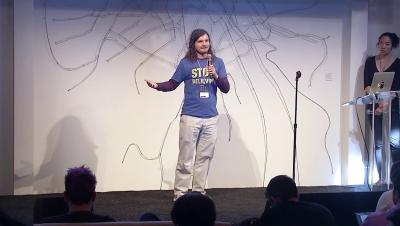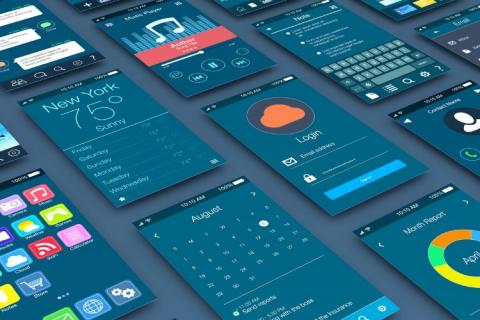Operations | Monitoring | ITSM | DevOps | Cloud
Observability
The latest News and Information on Observabilty for complex systems and related technologies.
Observability of Distributed Systems (class SRE implements DevOps)
Cloud OnAir: CE TV: Application Observability with LightStep
Observability and Monitoring presented by Mrinal Virnave
Observability and On-Call presented by Ezra Stevens
Logz.io Releases Alice The First Observability Bot to accelerate Chat-Ops and Data Insight On-the-Go
Boston and Tel Aviv — August 22, 2018 — Logz.io, the leader in AI-powered log analysis, releases Alice, a new Slack-based ChatOps solution that empowers DevOps teams to easily accelerate collaboration and data exploration in a manner that is flexible and accessible on-the-go. The tool enables DevOps teams to implement a ChatOps approach to logging and monitoring directly within Slack and remain connected regardless of their location.
Why Observability Matters - Christine Spang
The fastest, most direct route to instrumented code: a Honeycomb Beeline
If you’re feeling too busy or overwhelmed to instrument your code, we are here for you. We’ve talked many times about the value of instrumentation, and how it’s necessary to instrument your code properly to have access to the kind of data you need to get real observability. Instrumenting your code can mean a lot of things, but in particular it means you have to augment it in many different places, which is time-consuming.
So What is Observability Anyway
It’s amazing. It’s brand new. Everyone needs it. It is “the next best thing”. Only half of these statements are true, it is not new and it is not the next best thing. It is branding an existing paradigm that many companies use and rely on—but—it is amazing and everyone should want it. If you’re new to the concept, what does observability really mean and how can it help transform your operations?
Get Observability for Your Mobile Apps with Honeycomb
If you think about it, mobile apps are among the production services most in need of real observability: nearly countless hardware platforms and operating systems in combination with your app’s code result in a dizzying matrix of possible sources for any given issue, which means you need the power of true high-cardinality search to solve your problems.


